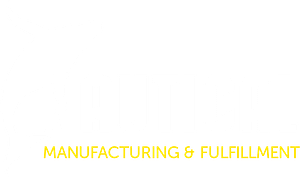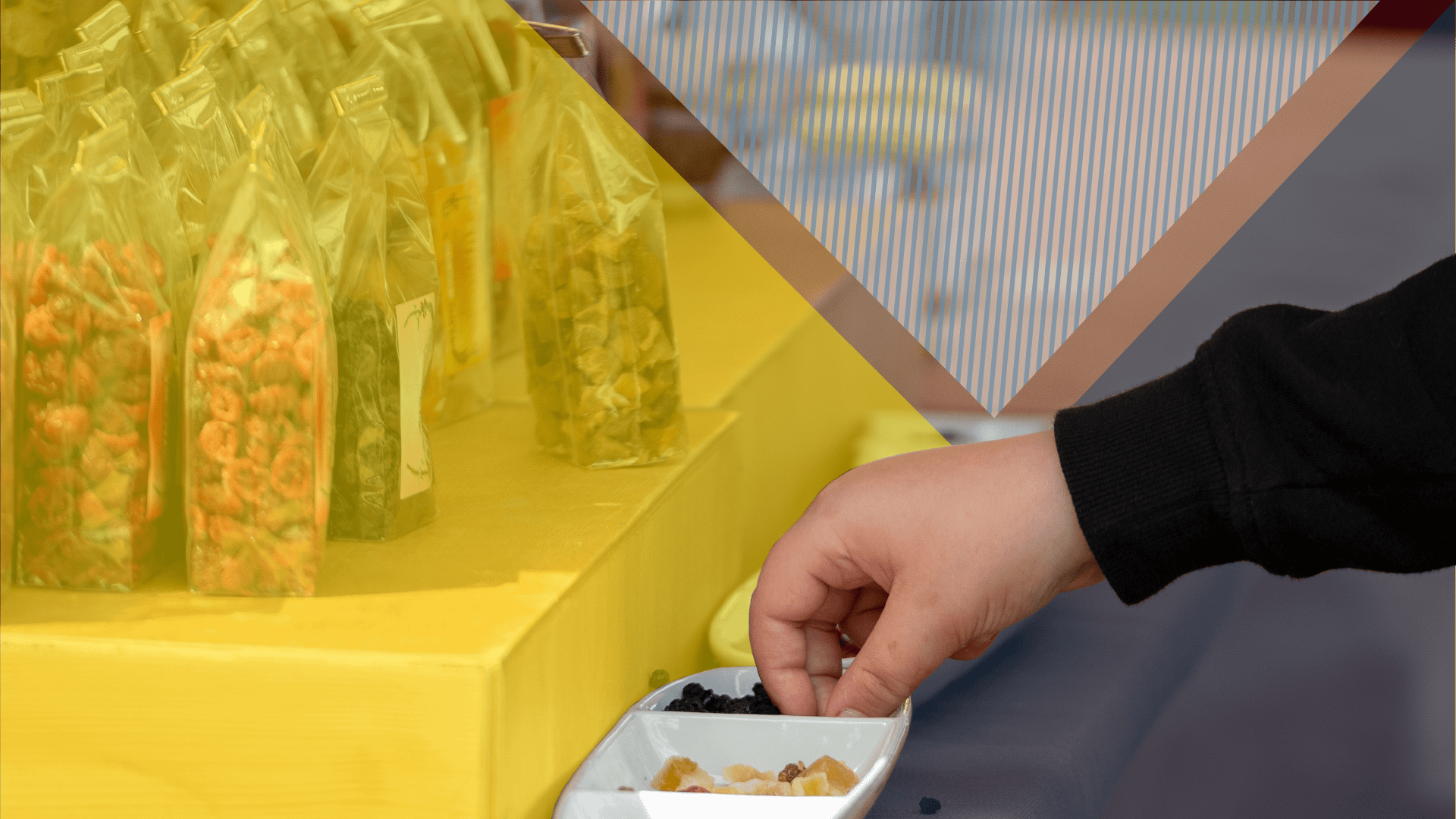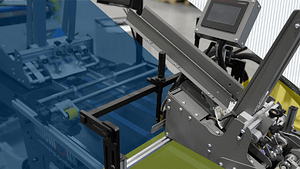Product sampling is a marketing technique proven to significantly boost sales. It is one of the experiential marketing tactics used by companies to increase awareness, interest, and consideration of their products. Let’s explore how product sampling is used in experiential marketing campaigns and what some of the common product sampling methods are.
What is Experiential Marketing?
Experiential marketing goes by several names: engagement marketing, brand marketing, live marketing, grassroots marketing, guerilla marketing, and ground marketing; in all cases it is a hands-on approach to marketing that focuses on creating experiences to connect with customers, often encouraging them to interact with (or experience) a product or service. Experiential marketing often entails some kind of event or limited-time experience, like a pop-up store, party, or interactive installation. As a marketing approach it is an effective way to increase customer trials and conversion, as evidenced by the continued growth in market size for experiential marketing —even through the COVID-19 pandemic years.

Product Sampling and Experiential Marketing
Experiential marketing is a direct, face-to-face approach to marketing to consumers. While there are other, indirect product sampling methods that can also be used, in the context of experiential marketing product sampling takes a hands-on approach.
Indirect vs Direct Product Sampling
With indirect sampling there is no physical interaction between the company providing the sample and the customer receiving the sample. Instead, existing channels are used to offer free samples to consumers to try. It could be in the form of a sample inserted with a product order at the point of sale.

Direct Product Sampling Methods
There are three main sample delivery methods that a business can use depending on its product, budget, and goals.
Wet Sampling
Wet sampling involves giving consumers a sample that they try immediately in store. This allows the promoter to get candid feedback about the product. A common example of wet sampling is the small sample-sized portion of food prepared and offered at booths in many grocery stores. Food and beverage products are the most common use cases for wet sampling, but non-consumable goods, such as home entertainment systems or massage chairs, can also be wet sampled.
Pros of wet sampling
- Immediate customer feedback: Because the samples are tried at the booth, a company can instantly gauge consumer reactions. This is valuable research that can help a business adjust its products to be more favorable or palatable to its target audience.
- Creates a Sense of Urgency: These samples instantly impact consumers by leveraging buyer psychology techniques, and can help generate interest in the product right at that moment, leading to potential sales.
Cons of Wet Sampling
- Costs: There are a lot of costs associated with executing a wet sampling campaign. This includes things like staffing, equipment, and obtaining permits from the stores where the sampling will take place.
Dry Sampling
In contrast to wet sampling, dry sampling involves sending samples home with consumers to try on their own. This sampling method is often a better option for products that may require a longer trial period, such as beauty products or other household items. Although the possibility to experience live feedback from the consumer is lost, asynchronous feedback can be captured when combined with online coupons or other offers.
Pros of Dry Sampling
- More use cases: While wet sampling is primarily associated with products in the food and beverage industry, dry sampling can be used for nearly any small or portionable item.
- Reaching a broader audience: Because the sample experience isn’t tied to the store, there is a greater chance that the consumer will share it with their friends and family members.
Cons of Dry Sampling
- Potential waste: The samples that are sent home with customers don’t always get used, resulting in waste. When a business distributes dry samples to customers, it’s important to factor this into costs.
Guerilla Sampling
Guerilla sampling can involve either wet or dry sampling techniques, and is a type of experiential marketing that often involves guerilla marketing tactics. This approach uses field marketing to promote products in places where the promoter doesn’t seek approval. The business will just show up wherever its customers are to engage with the face-to-face. These types of activations are typically held in busy commuter areas, at events, or near tourist attractions.
Pros of Guerilla Sampling
- Low Cost: This approach is great for companies with tighter budgets. By avoiding booth or location fees they can allocate more of the budget toward the sample product.
- Flexibility: As crowds ebb and flow, the business has no obligation to stay fixed to one spot. Instead, they can follow the crowd to reach more consumers.
Cons of Guerilla Sampling
- No secure location: One of the biggest pros of guerilla sampling is also a con. Because no space has been legitimately secured, a business may be asked to vacate the premises, which can quickly put an end to the sampling efforts.
Creating Effective Product Samples with Nautical
Regardless of your sampling delivery method, you will need a partner who can provide quality samples every time. Nautical has become quick and efficient when it comes to creating samples. Working with some of the largest companies nationwide has allowed us to ensure high-quality products to businesses, whether you need kitted sample bags, eco-friendly packaged samples, or a completely plastic-free solution with glue-tipped samples. Nautical has you covered.




